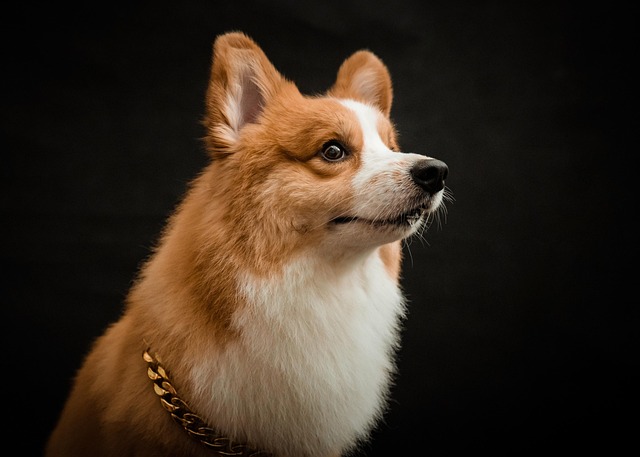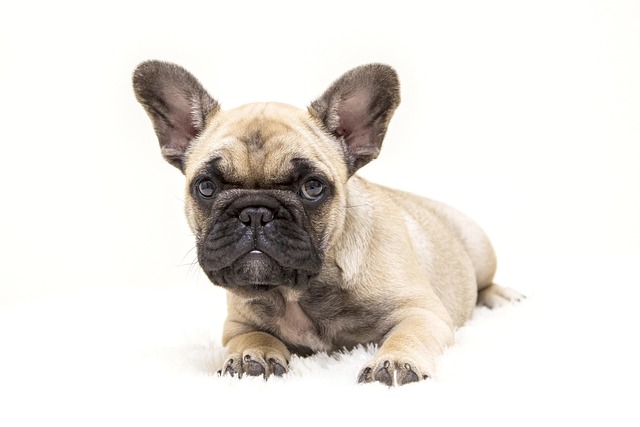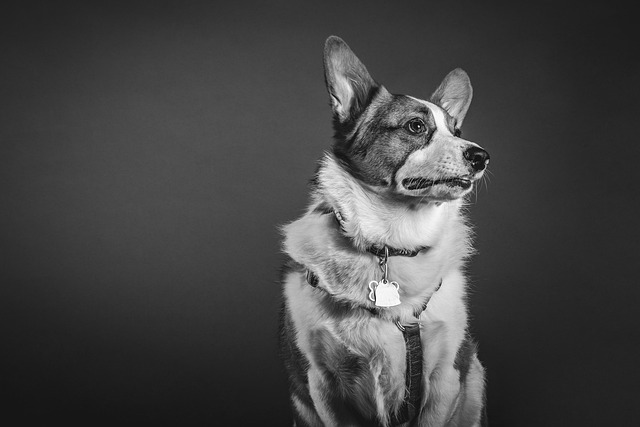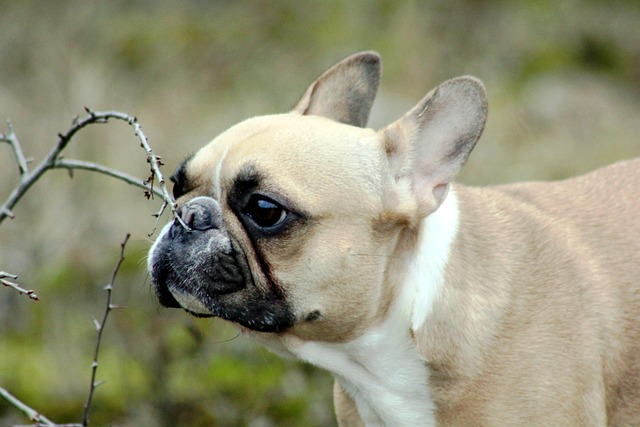
How to calm down an aggressive dog?
Seeing your dog growl, snarl, or bare their teeth can send a chill down your spine. Aggression isn’t just scary—it’s a cry for help from your furry friend.
There’s nothing quite like the feeling of your dog enthusiastically slapping your hand with both paws. Teaching a double high five isn’t just a party trick—it’s a fun way to bond and show off your pup’s smarts. But before you start imagining viral videos, let’s break down the steps to make this trick a reality.
First things first, get your toolkit ready. High - value treats are non - negotiable. Think small, soft bits of chicken, cheese, or store - bought training treats that your dog goes crazy for. In many places, there are regulations about what’s safe to feed your pet, so avoid anything with artificial additives or ingredients that could be harmful. A clicker can also be a game - changer, helping your dog quickly associate actions with rewards.
Start by ensuring your dog is comfortable with basic commands like “sit” and “paw.” If they aren’t, spend a few days focusing on those first. A well - behaved foundation makes learning new tricks a breeze. Remember, local animal welfare guidelines encourage positive training methods, so ditch any harsh tactics—gentle encouragement is the name of the game.
 Once your dog has mastered “paw,” hold a treat in both hands, just out of their reach. Raise your hands slightly higher than usual and say “double high five” in an excited, clear voice. When your dog lifts one paw, click and treat. Then, wait for the second paw. It might take a few tries, but be patient—dogs learn at their own pace.
Once your dog has mastered “paw,” hold a treat in both hands, just out of their reach. Raise your hands slightly higher than usual and say “double high five” in an excited, clear voice. When your dog lifts one paw, click and treat. Then, wait for the second paw. It might take a few tries, but be patient—dogs learn at their own pace.
If your dog struggles to lift the second paw, gently nudge it up with your finger or guide it using the treat. But don’t force it—you want them to offer the behavior willingly. This positive interaction not only helps with training but also strengthens your relationship. In public spaces, make sure your training sessions don’t disturb others, respecting local leash laws and noise regulations.
Consistency is key. Practice short sessions, around 5 - 10 minutes, a few times a day. Dogs get bored and distracted easily, so keep it fun. Gradually reduce the treats over time, replacing them with praise, belly rubs, and playtime. This aligns with responsible pet ownership principles, preventing overfeeding and keeping your dog healthy.
Some dogs pick up the double high five in a week, while others might take a month. It all depends on their personality and focus. Don’t compare your dog to others—celebrate every small victory. Whether it’s the first single paw lift or the moment they finally give you both paws, each step is a win.
Teaching your dog a double high five is more than just a trick; it’s a shared adventure. With patience, the right approach, and a lot of love, you’ll soon have a furry superstar ready to impress everyone at the dog park.

Seeing your dog growl, snarl, or bare their teeth can send a chill down your spine. Aggression isn’t just scary—it’s a cry for help from your furry friend.

You’ve just brought home a fluffy 8-week-old puppy, and within minutes, they’ve had an accident on your brand - new rug.

Toilet training your dog varies widely by breed, age, and temperament. Patience, consistency, and tailored routines unlock success—no one-size-fits-all timeline here.

Ever noticed your normally friendly Labrador suddenly growling when you try to take away their food, or a Pomeranian snapping during playtime? This isn't just 'bad behavior'—it's conflict aggression, a survival mechanism gone awry.

Master puppy nighttime potty training by balancing their needs and your sleep. Learn when to take breaks, how to plan, and keep training stress-free for both.

Watching your dog growl,lunge,or snap at others can feel like a punch in the gut.It's natural to want to solve the problem on your own—after all,who knows your furry friend better than you?But training an aggressive dog isn't like teaching basic commands.